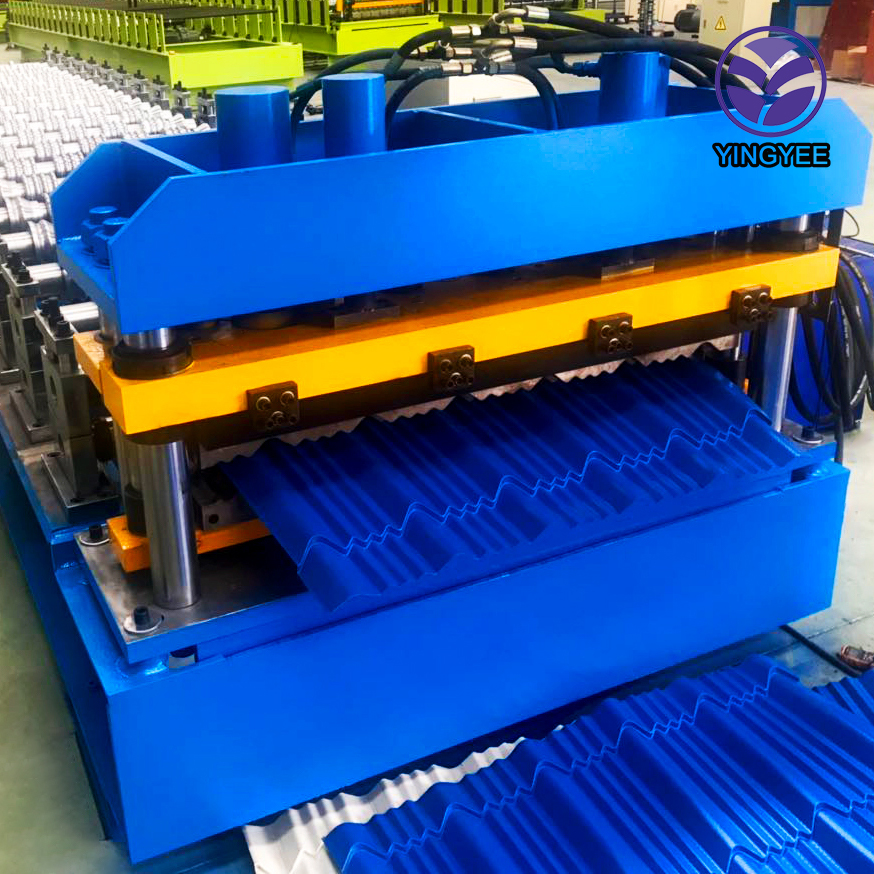
Understanding Strut Channel Roll Forming Machines
Strut channel roll forming machines are essential tools in modern manufacturing, especially in the construction and metalworking industries. These machines are designed to create strut channels—long, structural metal components used for supporting various fixtures such as HVAC systems, electrical conduits, and plumbing. This article delves into the operation, benefits, and applications of strut channel roll forming machines, highlighting their significance in contemporary production processes.
What is a Strut Channel?
Before we dive into the intricacies of the roll forming machine, it’s essential to clarify what a strut channel is. A strut channel, often referred to as a strut, is a metal channel typically made from steel or aluminum, which provides a sturdy framework for support and mounting systems. These channels come in various sizes and can be easily cut, drilled, or adjusted according to specific project requirements, making them an invaluable asset in construction.
The Roll Forming Process
Roll forming is a continuous bending operation in which a long strip of metal is passed through a series of rollers. Each set of rollers gradually shapes the metal into the desired profile, which, in the case of strut channels, results in a strong yet lightweight piece that can effectively bear loads.
Strut channel roll forming machines consist of several critical components 1. Material Feed The raw metal strip is fed into the machine. The quality of the feedstock is paramount, as it can significantly affect the final product's strength and durability. 2. Rollers The rollers are the heart of the machine. They are designed with precision to shape the metal into the required contour, and each roller’s profile contributes to a specific aspect of the strut channel's design. 3. Cutting Mechanism Once the metal reaches the desired length, a cutting mechanism snips it into individual pieces. This ensures that the final product meets the exact specifications needed for construction projects. 4. Control System Modern roll forming machines come equipped with sophisticated control systems that allow operators to adjust parameters such as speed, thickness, and profile with precision, increasing efficiency and reducing waste.

Benefits of Using Strut Channel Roll Forming Machines
1. Efficiency Roll forming machines are designed for high-speed production, allowing manufacturers to produce large quantities of strut channels quickly. This efficiency is crucial in meeting the ever-increasing demand for building materials. 2. Consistency The automated nature of roll forming ensures that each strut channel produced is uniform in size and shape. This consistency is critical in construction, where structural integrity is paramount. 3. Versatility Strut channel roll forming machines can be adjusted to produce different channel designs and sizes. This versatility enables manufacturers to cater to various industries and client needs. 4. Cost-Effectiveness While the initial investment in a roll forming machine can be significant, the long-term savings in labor, material usage, and production time often make it a cost-effective solution for manufacturers.
Applications in Various Industries
Strut channels serve as foundational elements in numerous applications. In the construction industry, they are used for building frameworks and supporting structures, ensuring that mechanical systems are securely mounted. The electrical industry employs strut channels to hold conduit runs and other electrical components, while the HVAC sector uses them for mounting ducts and ventilation systems.
Furthermore, in manufacturing, strut channels can be employed for the assembly of workstations, shelving, and other infrastructure that requires sturdy support. Their adaptability makes them prevalent in both commercial and residential projects.
Conclusion
Strut channel roll forming machines play a pivotal role in modern manufacturing, enabling the efficient production of critical components used across various industries. With their ability to enhance efficiency, ensure precision, and allow for versatile applications, these machines are indispensable in meeting the demands of today’s construction and manufacturing sectors. As technology advances, the capabilities of roll forming machines are likely to expand, further solidifying their importance in shaping the infrastructure of our built environment.